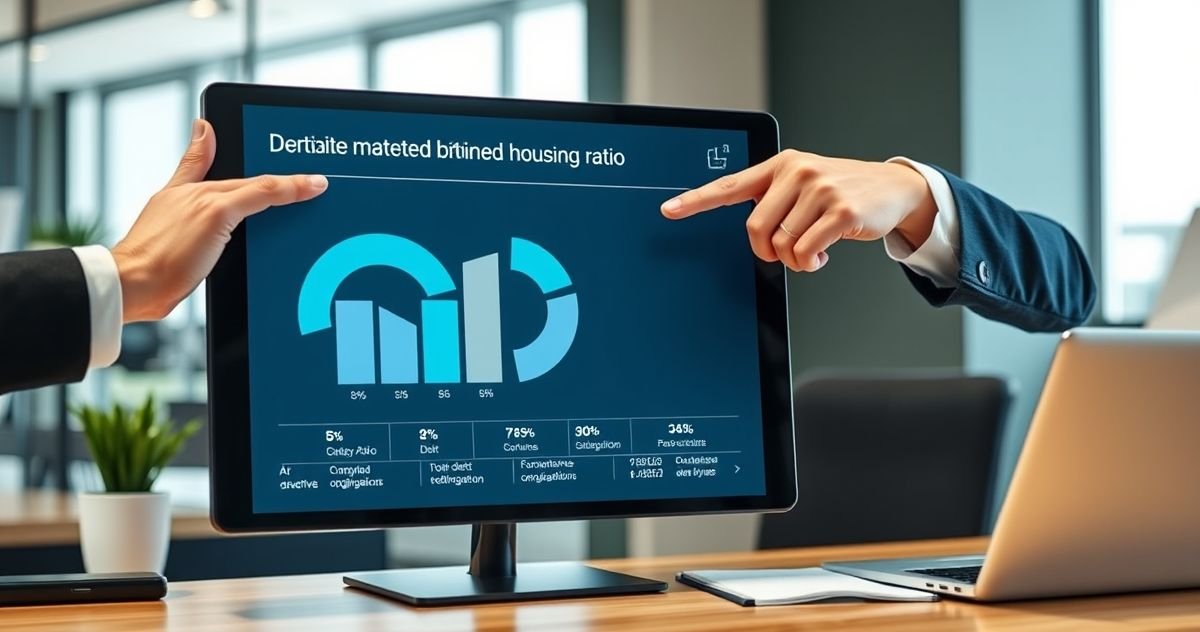The Combined Housing Ratio is a critical measure lenders use to determine how much of your income goes toward monthly debts plus housing costs. It combines your proposed mortgage payment — known as PITI (Principal, Interest, Taxes, Insurance) — with all other recurring debts like car loans, student loans, and credit card payments, then divides that sum by your gross monthly income.
Here’s the formula:
(Proposed PITI + Other Monthly Debts) ÷ Gross Monthly Income = Combined Housing Ratio (Back-End DTI)
For example, if your proposed mortgage payment is $1,800 and your other monthly debts total $600, and your gross income is $6,000, your combined housing ratio would be 40%, meaning 40% of your income would go toward debt payments if approved for the loan.
This ratio is distinct from the front-end ratio, which only looks at your housing payment relative to income. The Combined Housing Ratio offers a fuller risk assessment by including all debts.
Mortgage lenders generally prefer a Combined Housing Ratio below 36%, but this varies by loan type. For Qualified Mortgages (QM), the Consumer Financial Protection Bureau (CFPB) caps the debt-to-income ratio at 43%. Some conventional loans allow up to 50% with compensating factors, while FHA, VA, and USDA loans may have different thresholds.
Improving this ratio can be done by paying down debts, increasing income, or reducing your proposed mortgage payment through a larger down payment or choosing less expensive housing.
Lenders also consider credit history, employment, and savings when approving loans. Utility bills don’t count toward this ratio, and self-employed borrowers’ income is calculated differently, typically averaging net income over two years to estimate monthly earnings.
Learn more about the front-end ratio and PITI for a clearer understanding of mortgage qualification:
For official guidelines and definitions, refer to the Consumer Financial Protection Bureau: https://www.consumerfinance.gov/
Sources:
- Consumer Financial Protection Bureau (CFPB) on Debt-to-Income Ratios
- Investopedia: What Is a Good Debt-to-Income Ratio?
- NerdWallet: How to Calculate Your Debt-to-Income Ratio



